How to Reverse Insulin Resistance Naturally: Proven Strategies and Self-Care Tips
How to Reverse Insulin Resistance Naturally: Proven Strategies and Self-Care Tips
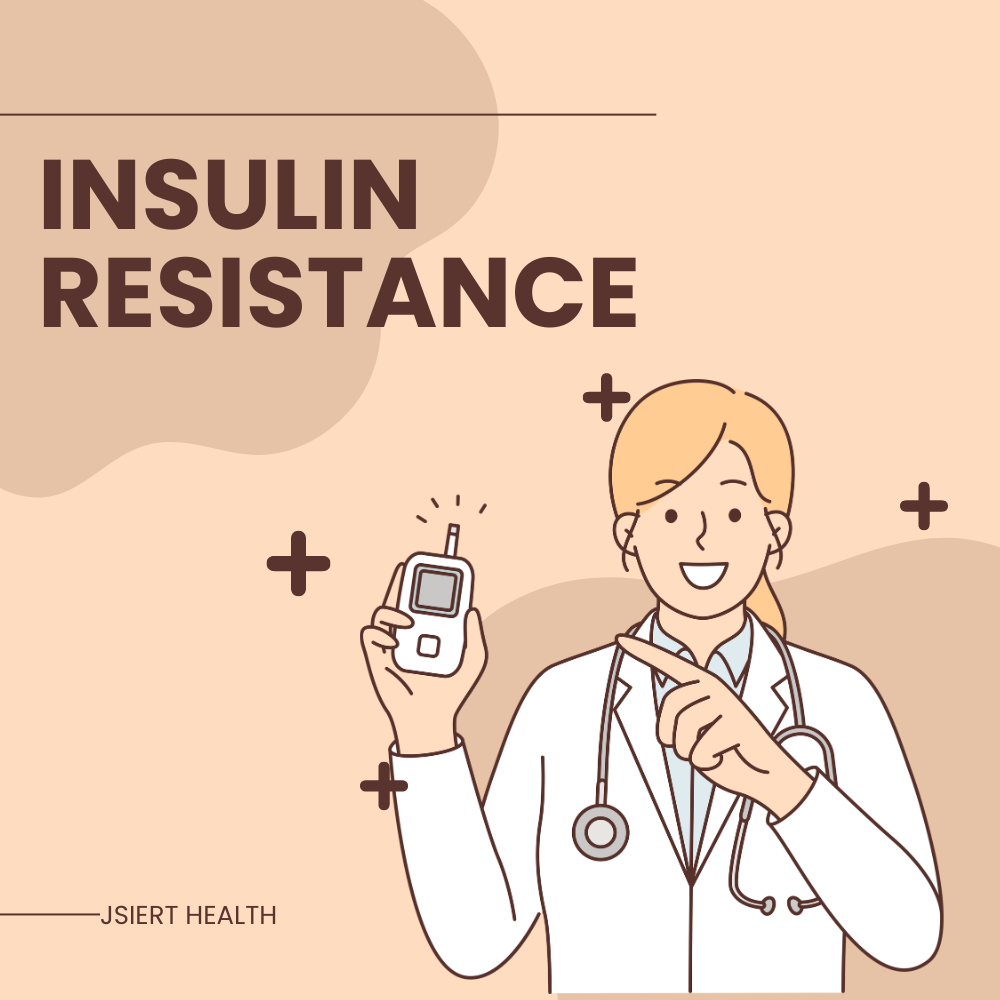
Insulin resistance is a condition where the body’s cells become less responsive to insulin, leading to higher blood sugar levels. If left unchecked, it can lead to type 2 diabetes and other health complications. Fortunately, there are several natural strategies and self-care tips that can help reverse insulin resistance. Here’s a detailed guide:
1. Adopt a Healthy Diet
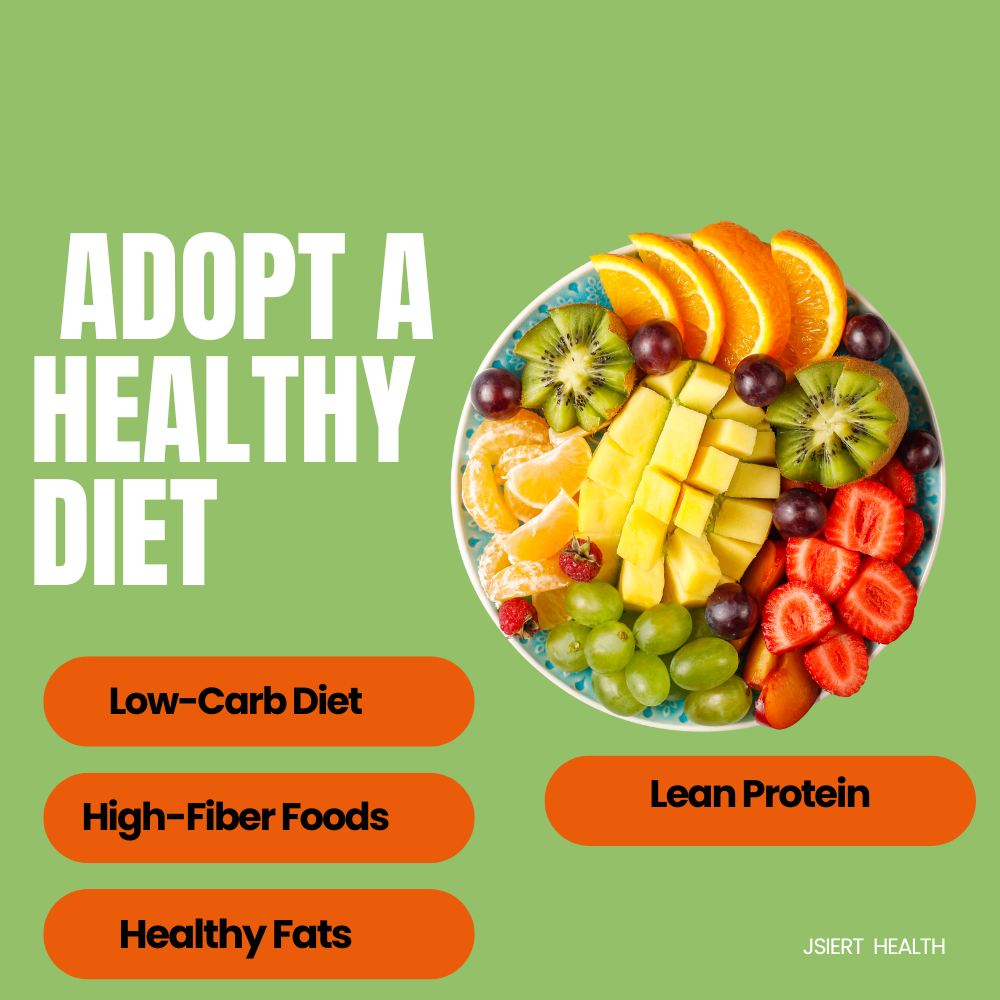
- Low-Carb Diet:
- What to Do: Reduce intake of refined carbohydrates like white bread, pasta, sugary snacks, and sweetened beverages.
- What to Eat: Whole grains (quinoa, brown rice), vegetables, legumes.
- Why It Helps: Lowering carbohydrate intake reduces the demand for insulin, helping to lower insulin levels and improve insulin sensitivity.
- High-Fiber Foods:
- What to Do: Increase fiber intake through fruits, vegetables, legumes, and whole grains.
- What to Eat: Berries, broccoli, lentils, chia seeds, oats.
- Why It Helps: Fiber slows digestion and the absorption of sugar, preventing rapid spikes in blood glucose levels.
- Healthy Fats:
- What to Do: Incorporate more monounsaturated and polyunsaturated fats.
- What to Eat: Avocados, nuts (almonds, walnuts), seeds (flaxseeds, chia seeds), olive oil, fatty fish (salmon, mackerel).
- Why It Helps: Healthy fats improve insulin sensitivity and reduce inflammation.
- Lean Protein:
- What to Do: Include sources of lean protein to help manage hunger and support muscle repair.
- What to Eat: Chicken breast, turkey, tofu, beans, low-fat dairy.
- Why It Helps: Protein helps stabilize blood sugar levels by slowing down digestion.
2. Regular Physical Activity
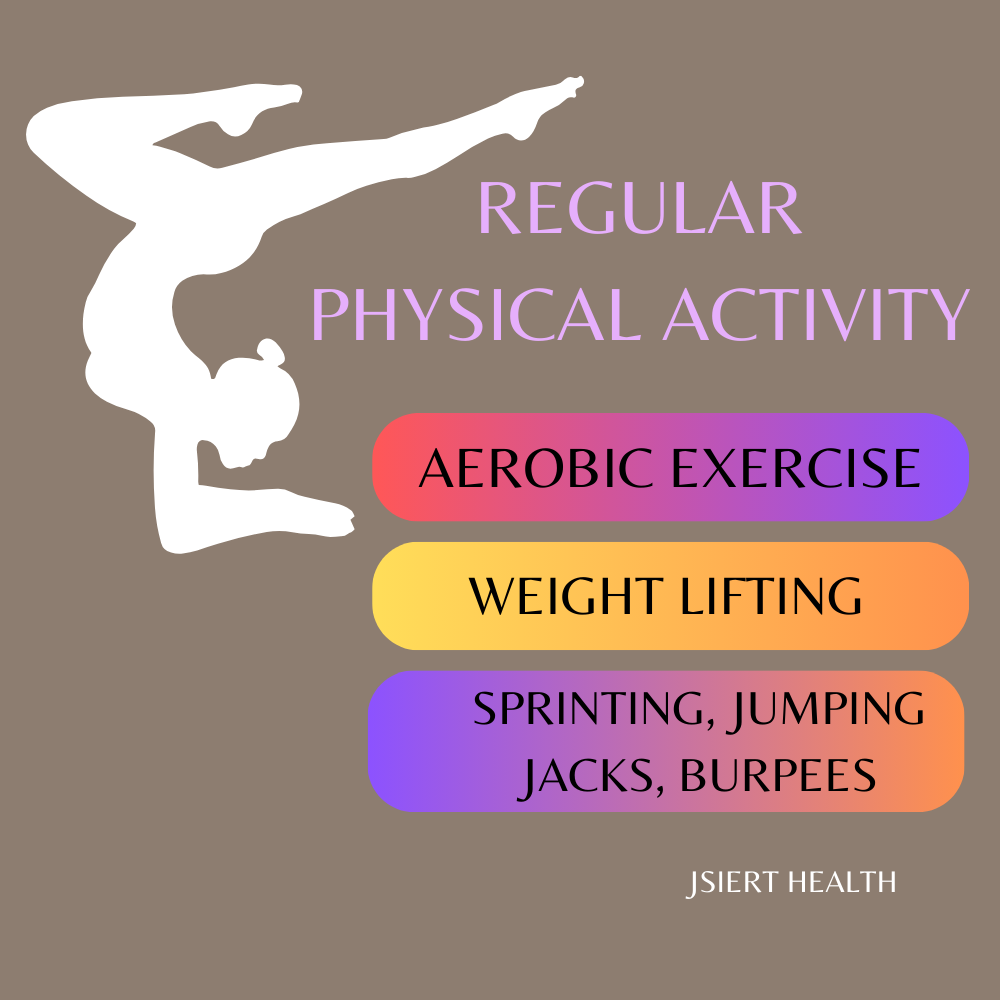
- Aerobic Exercise:
- What to Do: Engage in activities that raise your heart rate.
- Activities: Walking, jogging, cycling, swimming, dancing.
- Duration: At least 150 minutes of moderate aerobic exercise per week or 75 minutes of vigorous exercise.
- Why It Helps: Aerobic exercise improves cardiovascular health and increases the efficiency of insulin use by cells.
- Strength Training:
- What to Do: Include exercises that build muscle mass.
- Activities: Weight lifting, resistance band exercises, bodyweight exercises (push-ups, squats).
- Frequency: At least two non-consecutive days per week.
- Why It Helps: Building muscle enhances glucose uptake and improves insulin sensitivity.
- High-Intensity Interval Training (HIIT):
- What to Do: Perform short bursts of intense exercise followed by rest.
- Activities: Sprinting, jumping jacks, burpees.
- Duration: 20-30 minutes per session, 2-3 times per week.
- Why It Helps: HIIT significantly improves insulin sensitivity and metabolic health in a shorter time.
3. Maintain a Healthy Weight

- Weight Loss:
- Goal: Aim for a 5-10% reduction in body weight if overweight or obese.
- How to Achieve: Combine a balanced diet with regular physical activity.
- Why It Helps: Even modest weight loss can significantly improve insulin sensitivity and lower the risk of developing type 2 diabetes.
- Balanced Caloric Intake:
- What to Do: Ensure your caloric intake aligns with your weight loss or maintenance goals.
- Method: Use tools like calorie calculators and food diaries to monitor intake.
- Why It Helps: Prevents overeating and helps maintain a healthy weight, reducing the risk of insulin resistance.
4. Manage Stress
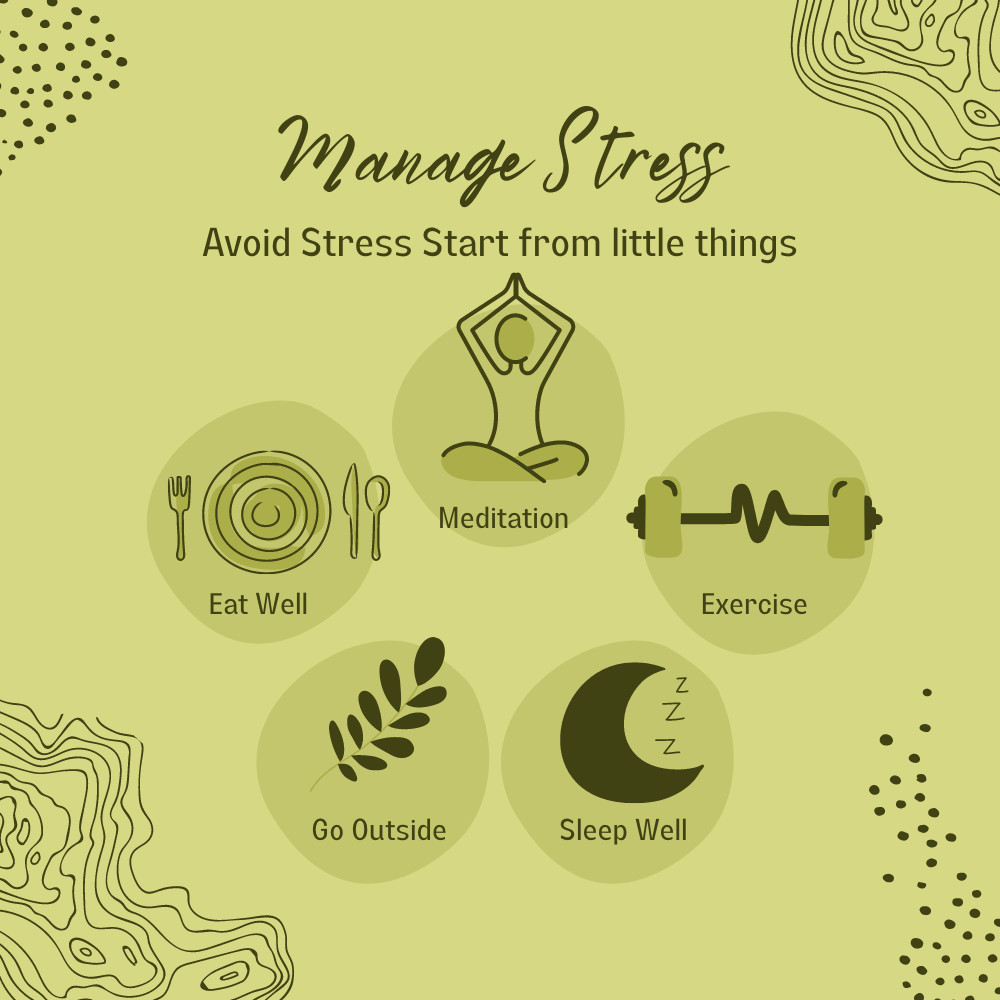
- Stress Reduction Techniques:
- What to Do: Engage in activities that help manage and reduce stress.
- Activities: Yoga, meditation, deep breathing exercises, progressive muscle relaxation, mindfulness practices.
- Why It Helps: Chronic stress increases cortisol levels, which can worsen insulin resistance. Reducing stress improves overall well-being and insulin sensitivity.
- Adequate Sleep:
- Goal: Aim for 7-9 hours of quality sleep per night.
- Tips: Maintain a consistent sleep schedule, create a restful environment, avoid screens before bedtime.
- Why It Helps: Poor sleep can negatively impact insulin sensitivity. Adequate rest supports hormonal balance and metabolic health.
5. Stay Hydrated

- Drink Water:
- What to Do: Drink plenty of water throughout the day.
- Goal: Aim for at least 8 cups (2 liters) per day, more if active or in hot climates.
- Why It Helps: Proper hydration helps maintain stable blood sugar levels and overall bodily functions.
6. Limit Sugar and Refined Carbs
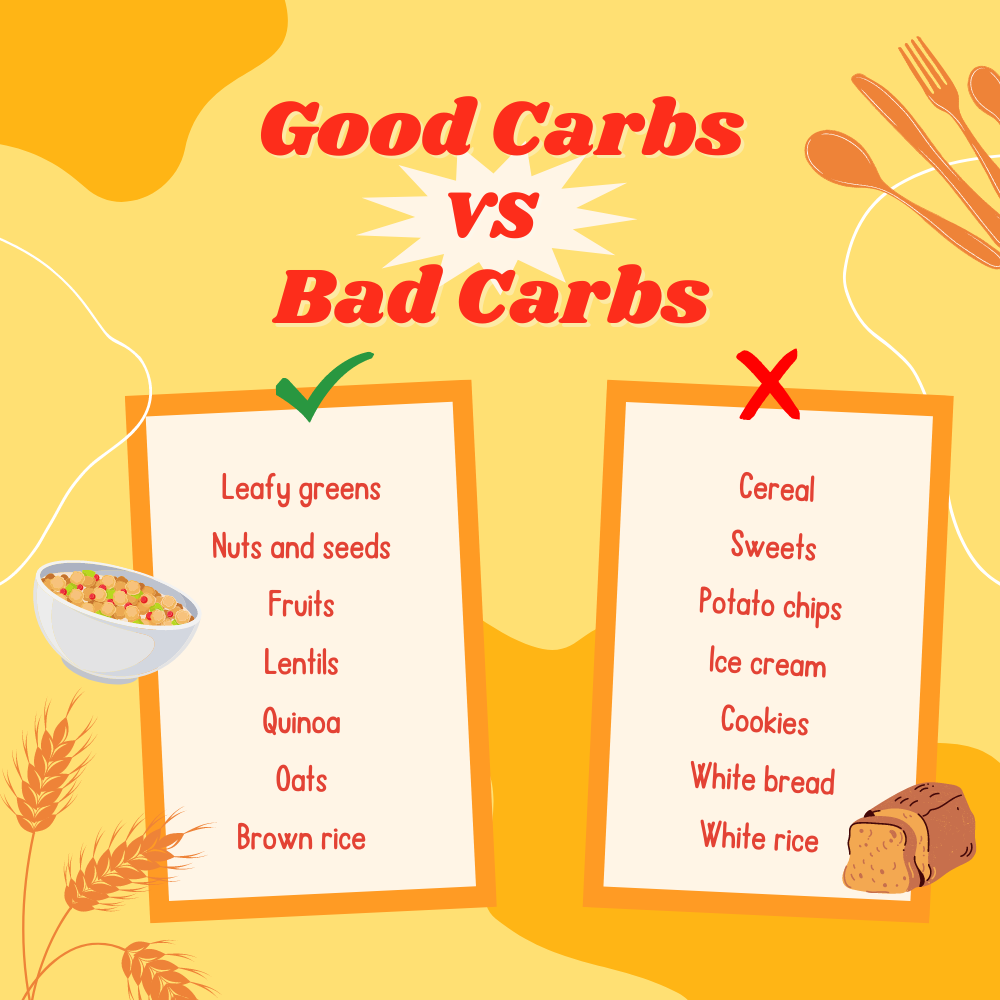
- Avoid Sugary Foods and Beverages:
- What to Do: Cut down on sweets, candies, baked goods, and sugary drinks.
- Alternatives: Choose whole fruits instead of fruit juices, and use natural sweeteners like stevia if needed.
- Why It Helps: Reducing sugar intake prevents blood sugar spikes and decreases the demand for insulin.
- Choose Whole Foods:
- What to Do: Opt for minimally processed foods.
- What to Eat: Vegetables, fruits, whole grains, lean proteins.
- Why It Helps: Whole foods contain more fiber and nutrients, supporting better insulin function.
7. Consider Supplements
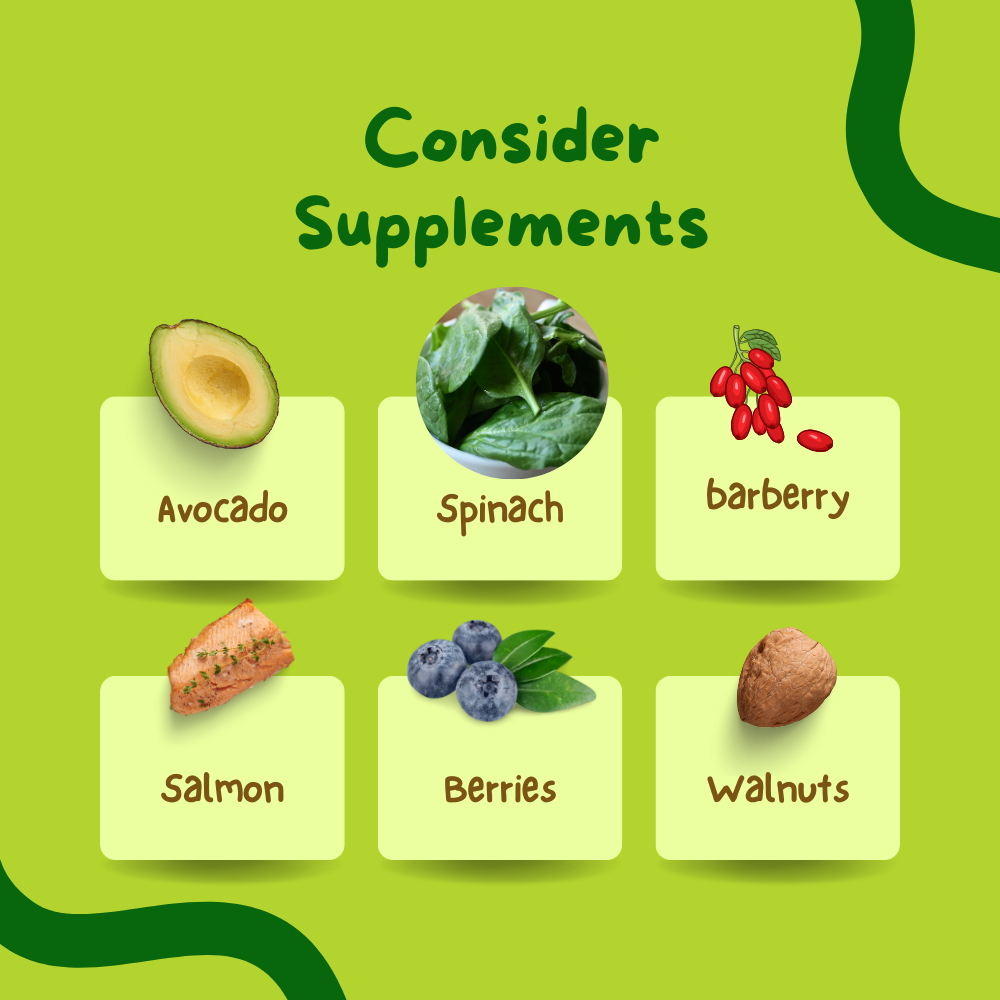
- Magnesium:
- Sources: Leafy greens (spinach, kale), nuts (almonds, cashews), seeds, whole grains.
- Why It Helps: Magnesium is involved in glucose metabolism and can improve insulin sensitivity.
- Supplementation: Consult a healthcare provider before taking magnesium supplements.
- Omega-3 Fatty Acids:
- Sources: Fatty fish (salmon, mackerel), flaxseeds, chia seeds, walnuts.
- Why It Helps: Omega-3s reduce inflammation and improve insulin sensitivity.
- Supplementation: Fish oil supplements may be considered if dietary intake is insufficient.
- Berberine:
- Sources: Found in plants like barberry, goldenseal, and Oregon grape.
- Why It Helps: Berberine has been shown to improve insulin sensitivity and lower blood sugar levels.
- Usage: Consult with a healthcare provider before starting berberine supplements.
8. Monitor Blood Sugar Levels
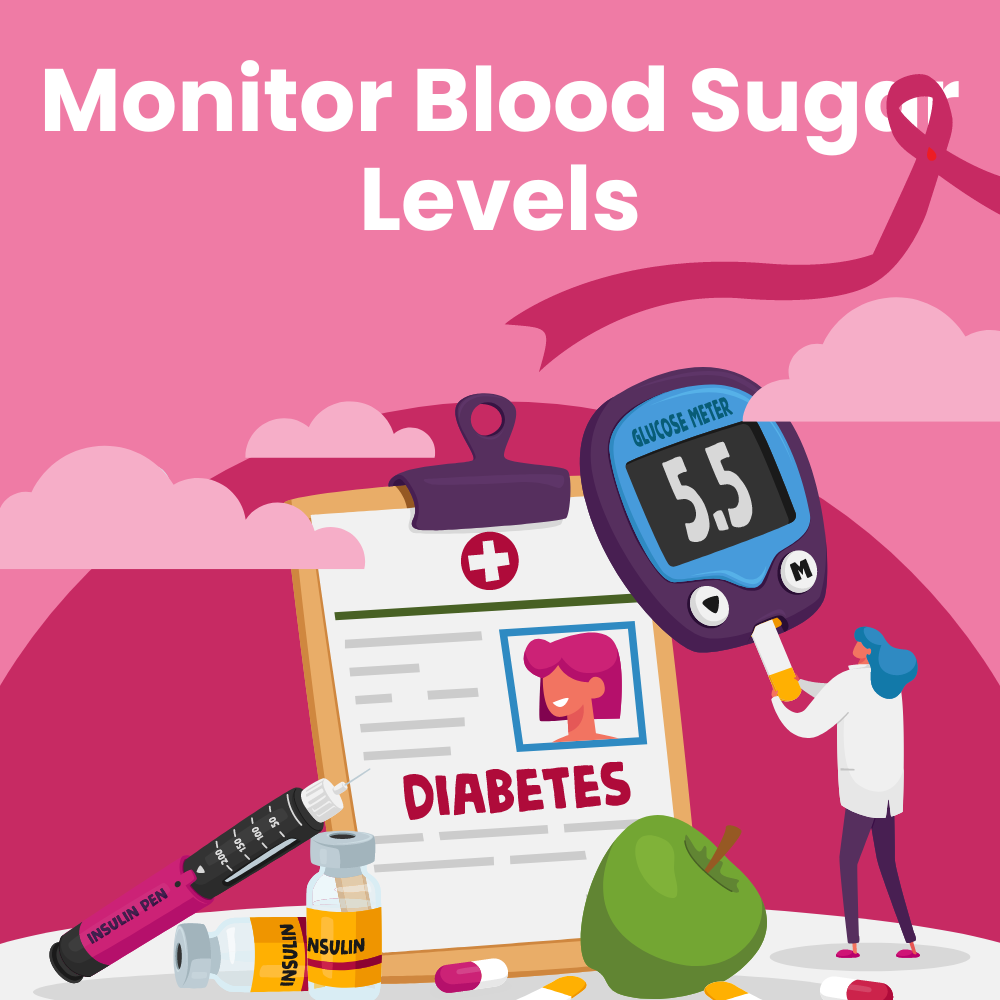
- Regular Monitoring:
- What to Do: Track blood sugar levels through home glucose testing or as advised by a healthcare provider.
- Tools: Use a glucometer or continuous glucose monitor (CGM).
- Why It Helps: Understanding how different foods and activities affect blood sugar levels allows for better management and adjustment of lifestyle choices.
9. Avoid Trans Fats
- Eliminate Trans Fats:
- What to Do: Avoid foods containing partially hydrogenated oils found in many processed and fried foods.
- Reading Labels: Check ingredient lists for trans fats and avoid products with them.
- Why It Helps: Trans fats worsen insulin resistance and increase the risk of cardiovascular diseases.
10. Herbs and Natural Remedies

- Cinnamon:
- Usage: Add to meals, beverages, or take as a supplement.
- Why It Helps: Cinnamon may improve insulin sensitivity and lower blood sugar levels.
- Apple Cider Vinegar:
- Usage: Consume 1-2 tablespoons diluted in water before meals.
- Why It Helps: Apple cider vinegar can improve insulin sensitivity and reduce post-meal blood sugar levels.
Conclusion
Reversing insulin resistance naturally involves a comprehensive approach that includes dietary changes, regular physical activity, weight management, stress reduction, and proper supplementation. Consistently applying these strategies can significantly enhance insulin sensitivity and reduce the risk of type 2 diabetes. Always consult with a healthcare provider before making major changes to your diet, exercise routine, or when considering supplements.
FAQ: How to Reverse Insulin Resistance Naturally: Proven Strategies and Self-Care Tips
1. What is insulin resistance?
Insulin resistance is a condition where the body’s cells do not respond effectively to insulin, a hormone that regulates blood sugar levels. As a result, the pancreas produces more insulin to help glucose enter cells, which can eventually lead to high blood sugar levels and type 2 diabetes.
2. What are the symptoms of insulin resistance?
Common symptoms include:
- Fatigue
- Cravings for sweets and carbohydrates
- Difficulty concentrating (brain fog)
- Weight gain, especially around the abdomen
- High blood pressure
- Increased hunger
- Dark patches of skin, often on the neck and armpits (acanthosis nigricans)
3. How can a low-carb diet help reverse insulin resistance?
Reducing the intake of refined carbohydrates and sugars decreases the amount of insulin the body needs to produce. This helps lower blood sugar levels and reduces the strain on the pancreas, improving insulin sensitivity over time.
4. What types of foods should I eat to increase fiber intake?
Incorporate high-fiber foods such as:
- Fruits: Berries, apples, pears
- Vegetables: Broccoli, Brussels sprouts, carrots
- Legumes: Lentils, beans, chickpeas
- Whole grains: Oats, quinoa, brown rice
- Seeds: Chia seeds, flaxseeds
5. How does regular physical activity improve insulin sensitivity?
Exercise helps muscles use glucose more efficiently and reduces the amount of insulin needed to transport glucose into cells. Both aerobic exercises (e.g., walking, running) and strength training (e.g., weight lifting) are effective.
6. Why is maintaining a healthy weight important for insulin resistance?
Excess body fat, especially around the abdomen, can increase the body’s resistance to insulin. Losing weight reduces this resistance and improves the body’s ability to use insulin effectively.
7. What are effective stress management techniques for improving insulin resistance?
Effective techniques include:
- Yoga and meditation
- Deep breathing exercises
- Progressive muscle relaxation
- Mindfulness practices
- Regular physical activity
8. How does sleep affect insulin resistance?
Lack of sleep can disrupt hormone regulation, increasing stress hormones like cortisol that worsen insulin resistance. Aim for 7-9 hours of quality sleep per night to support metabolic health.
9. What supplements can help improve insulin sensitivity?
Consider the following supplements:
- Magnesium: Supports glucose metabolism.
- Omega-3 Fatty Acids: Found in fish oil, they reduce inflammation.
- Berberine: A plant compound that improves insulin sensitivity and lowers blood sugar levels.
Always consult with a healthcare provider before starting any supplements.
10. How can monitoring blood sugar levels help manage insulin resistance?
Regular monitoring provides insights into how diet, exercise, and other lifestyle factors affect blood sugar levels. This helps in making informed decisions to better manage and reverse insulin resistance.
11. Why should I avoid trans fats?
Trans fats, found in many processed and fried foods, can worsen insulin resistance and increase the risk of cardiovascular disease. Avoiding trans fats helps improve overall health and insulin sensitivity.
12. Are there natural remedies that can help with insulin resistance?
Yes, natural remedies such as cinnamon and apple cider vinegar have been shown to improve insulin sensitivity and lower blood sugar levels. However, they should be used as part of a comprehensive approach that includes diet and lifestyle changes.
13. Can insulin resistance be completely reversed?
In many cases, insulin resistance can be significantly improved or even reversed through lifestyle changes such as diet, exercise, weight management, and stress reduction. However, the extent of improvement can vary from person to person, and ongoing healthy habits are essential for maintaining benefits.
14. How long does it take to see improvements in insulin resistance?
Improvements can be seen within a few weeks to several months, depending on the consistency and intensity of lifestyle changes. Regular monitoring and adjustments to your routine can help track progress and ensure continued improvement.